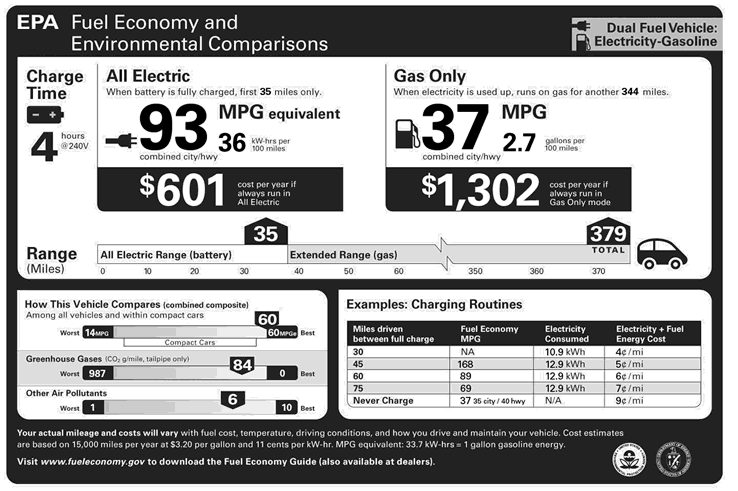In my opinion, the MPGe and WH/mi are flawed. The simple reason is energy charged versus energy used. In case of gasoline, gallons of gas purchased versus gallons used may only vary by <2%. However, in case of a BEV this variation can be as much as 30%.
I purchased a 2023 MYLR7 on March 27, 2023, and have driven 1120 mi so far. I charged/purchased 350 kWH to drive 1120 miles. However, in the Tesla app under the "trips" I consumed 280 kWH. Further, it shows that my consumption per mile is 250 watt hours. Therefore, my BEV's energy usage efficiency is about 80% (100*280/350).
Now, if I calculate my overall Wh/mi based on the amount of energy purchased, my number rises to 312 Wh/mi. This means, I actually used (including the energy losses) 31.2 kWh per 100 miles. Therefore, the actual MPGe of my vehicle is 108 mi (100*33.7/31.2).
What are your thoughts?
I purchased a 2023 MYLR7 on March 27, 2023, and have driven 1120 mi so far. I charged/purchased 350 kWH to drive 1120 miles. However, in the Tesla app under the "trips" I consumed 280 kWH. Further, it shows that my consumption per mile is 250 watt hours. Therefore, my BEV's energy usage efficiency is about 80% (100*280/350).
Now, if I calculate my overall Wh/mi based on the amount of energy purchased, my number rises to 312 Wh/mi. This means, I actually used (including the energy losses) 31.2 kWh per 100 miles. Therefore, the actual MPGe of my vehicle is 108 mi (100*33.7/31.2).
What are your thoughts?



